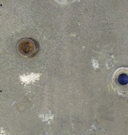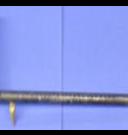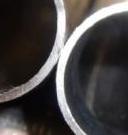Why do I have to rinse my parts? I just cleaned them? I never had to rinse my parts when I was using solvents.
Traditional organic solvent cleaners and aqueous cleaners are put together very differently.
An organic solvent cleaner is made up of hydrocarbon molecules which readily evaporate. The structure of these organic molecules is very, very similar to the structure of the grease, oils and other hydrocarbon soils making them effective at removing those types of soils. When the part is cleaned and removed from an organic solvent bath, whatever solvent residues remain on the part evaporate.
Aqueous cleaners use water. Water evaporates, but more slowly than the hydrocarbon molecules used in traditional organic solvent cleaners. Also, water is lousy at removing grease, oil and other hydrocarbon soils. To clean those types of soils off of a part you need to use surfactants. Surfactants come in many different structures, but they can be thought of as “soaps”. Aqueous cleaners also need to have corrosion inhibitors to protect metals being cleaned, alkaline builders to help the “soaps” clean the grease and oil off, and for spray cleaners, defoamers to control foam.
So you clean your part with an aqueous cleaner and remove it from the aqueous cleaner bath. The water will evaporate. The “soaps” and other ingredients of an aqueous cleaner do not. They stay on the part’s surface, even if you cannot see them.
If your process requires your parts to be residue free, you need to rinse the “soaps” from the surface with fresh water. Just like when you wash your dishes at home. You need to rinse the dish soap off; you also need to rinse your industrial aqueous cleaner “soap” off.




